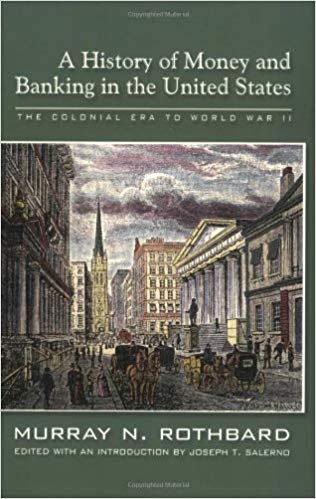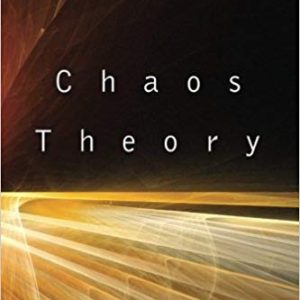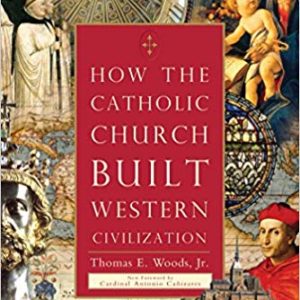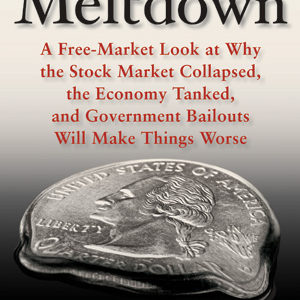Description
The master teacher of American economic history covers money and banking in the whole of American history, to show that the meltdown of our times is hardly the first. And guess what caused them in the past? Paper money, loose credit, reckless lending standards, government profligacy, and central banking
When will we learn? When people understand the cause and effect in the history of these repeating calamities
In a complete revision of the standard account, Rothbard traces inflations, banking panics, and money meltdowns from the Colonial Period through the mid-20th century to show how government’s systematic war on sound money is the hidden force behind nearly all major economic calamities in American history. Never has the story of money and banking been told with such rhetorical power and theoretical vigor.
Here is how this book came to be. Rothbard died in 1995, leaving many people to wish that he had written a historical treatise on this topic. But the the archives assisted: Rothbard had in fact left several large manuscripts dedicated to American banking history.
In the course of his career, meanwhile, he had published other pieces along the same lines, but they appeared in venues not readily accessible. Given the desperate need for a single volume that covers the topic, the Mises Institute put together this thrilling book. So seamless is the style and argument, and comprehensive is coverage, that it might as well have been written in exactly the format.
The end result is Rothbard’s (and the Austrian School’s) answer to Friedman and Schwartz.
From the introduction by Joseph Salerno:
Rothbard employs the Misesian approach to economic history consistently and dazzlingly throughout the volume to unravel the causes and consequences of events and institutions ranging over the course of U.S. monetary history, from the colonial times through the New Deal era. One of the important benefits of Rothbard’s unique approach is that it naturally leads to an account of the development of the U.S. monetary system in terms of a compelling narrative linking human motives and plans that often-times are hidden and devious, leading to outcomes that sometimes are tragic. One will learn much more about monetary history from reading this exciting story than from poring over reams of statistical analysis.





